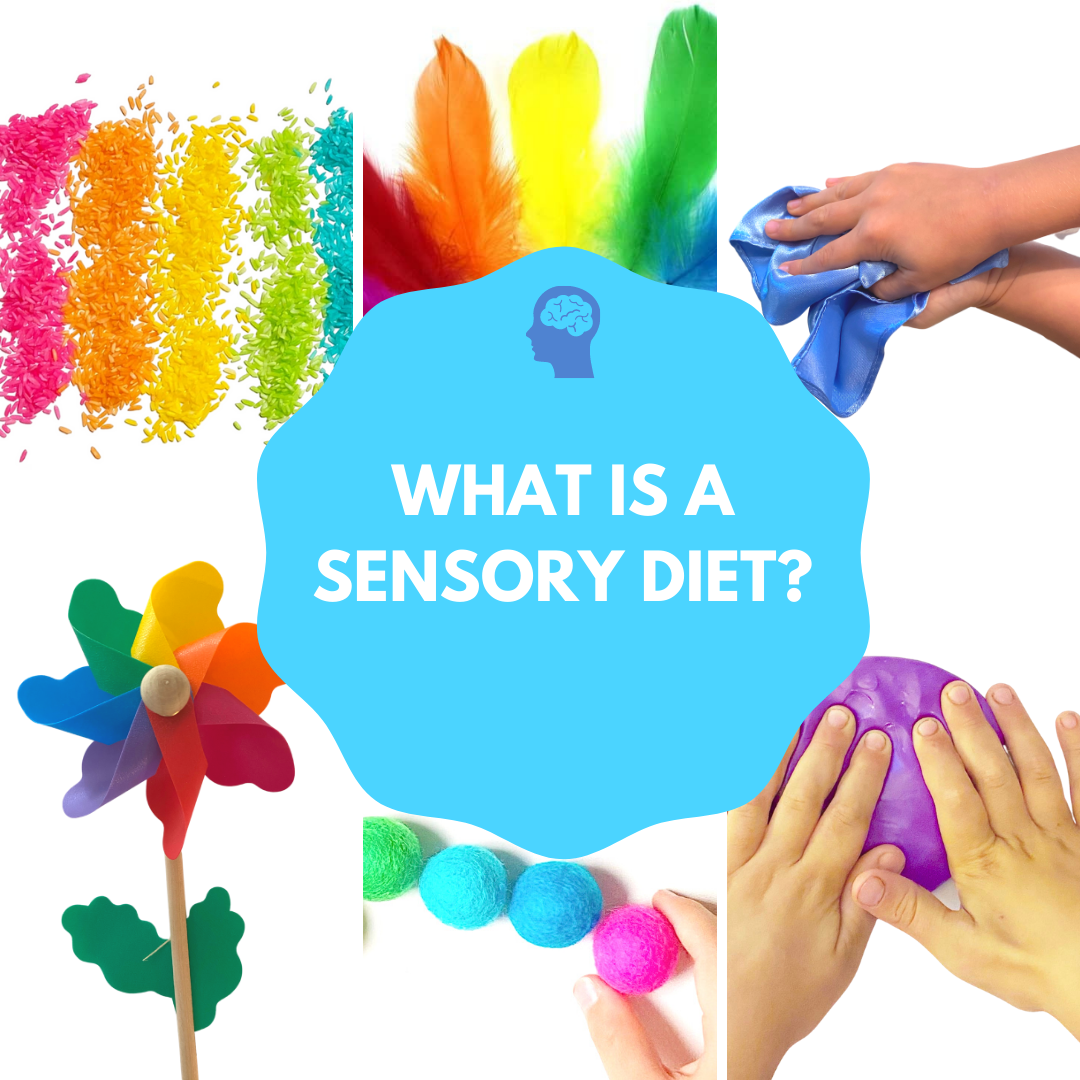
WHAT IS A SENSORY DIET?
Share
Do you have a child who is uncomfortable with textures and dislikes the feel of clothing, food and/or play materials?

Sensory Together is on a mission to provide kids with sensory play, but in a way that allows them to engage without becoming more hyperactive, anxious, and/or dysregulated. We provide you with expertly selected materials paired with play-based plans that show you how to engage your child without adding more stressors. The result? Progress in development, self-regulation and an increased sense of calm.
A sensory diet is a personal schedule of sensory activities that give a child the sensory input they need to handle their everyday lives. The use of a sensory diet will help your child function well at school, home, and everywhere in between so they can successfully learn and socialize.
One recent study found that when sensory diets are provided in brief sessions during the school day, they are effective in improving children’s sensory processing, psychosocial, and classroom engagement behavior. Another study noted that the use of sensory-based movement activities can positively influence academic outcomes.
So what can you expect from a sensory diet?
- Sensory diet’s work to regulate alertness and improve attention span.
- Sensory diets help to limit sensory seeking and avoiding behaviors as well as works to improve transitions so the child has less stress and anxiety.
Creating a good sensory diet involves all the senses that are involved in sensory processing disorder such as, sight, sound, taste, smell, feel, vestibular, and proprioception. It can be a challenge to locate the right materials to add into a sensory diet.
Our OT crafted sensory kits take the guesswork out of wondering what to buy and tap all problem areas whether they seek or avoid sensory stimulation. We are on a mission to provide you with expertly selected materials and strategies to help channel your child’s energy, reduce anxiety and bring a sense of calm... all in just 20 minutes of play a day.
The Busy Little Hands Program is a perfect compliment to your child's individual therapy needs and goals. Our sensory kits are a playful invitation for busy, little hands and colorful minds. Whether you need a kit for reducing anxiety/ meltdowns, increasing calm/self-regulation, overcoming tactile defensiveness (both food and/or clothing), developing fine motor skills, or general sensory development, we have you covered.
https://www.sensorytogether.com/collections/busy-little-hands-play-therapy-kits
References:
Anderson, Julie, "The Impact of Sensory-Based Movement Activities on Students in General Education" (2016). School of Occupational Therapy Doctoral Theses. 2. http://soundideas.pugetsound.edu/drot_theses/2
Kelly, K. (2019). "Sensory Diet" Treatment: What You Need to Know. Retrieved from https://www.understood.org/en/learning-thinking-differences/treatments-approaches/therapies/sensory-diet-treatment-what-you-need-to-know
Pingale, V., Fletcher, T., Candler, C., Pickens, N., & Dunlap, K. (2020). Sensory Diets: Do They Work? Retrieved from https://ajot.aota.org/article.aspx?articleid=2766457